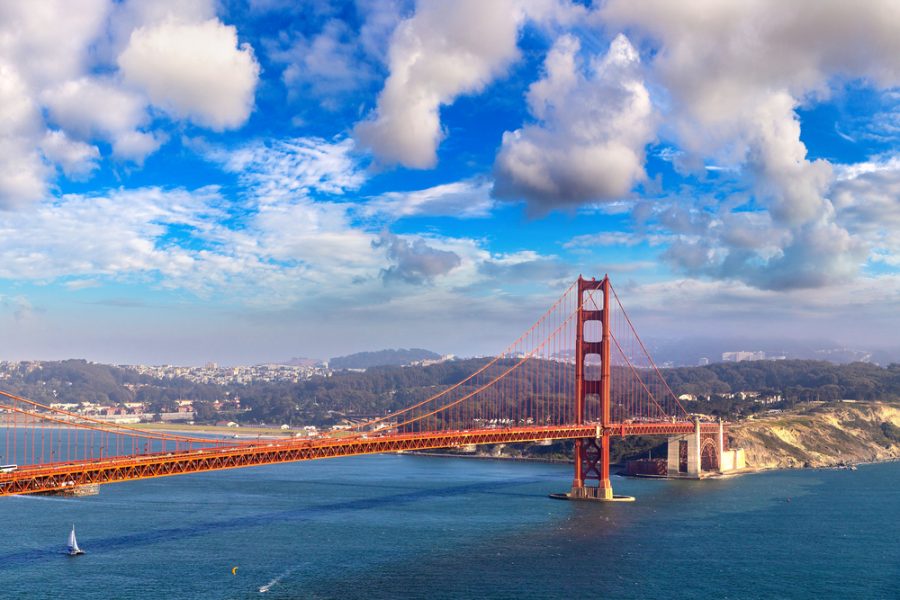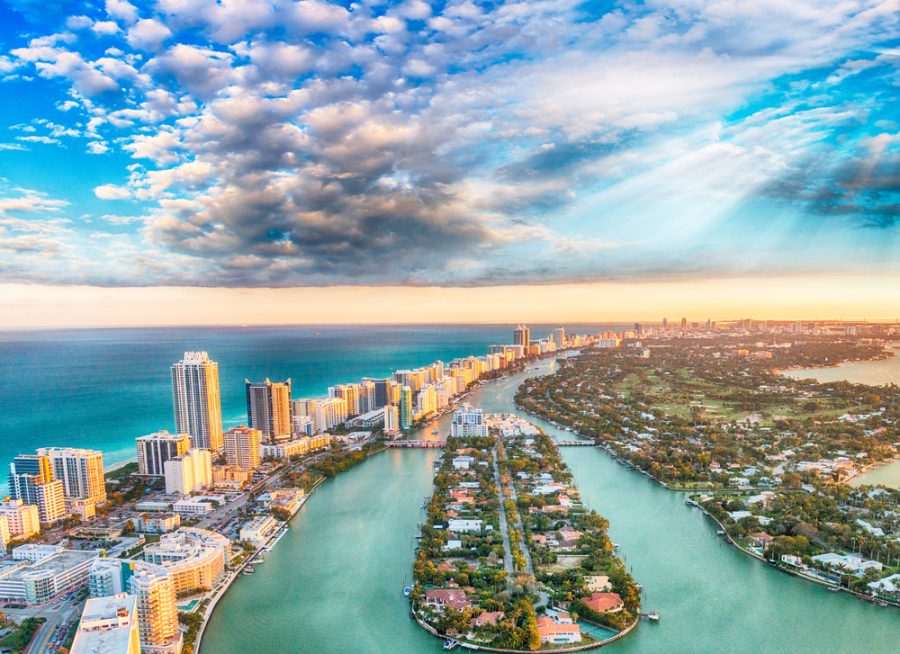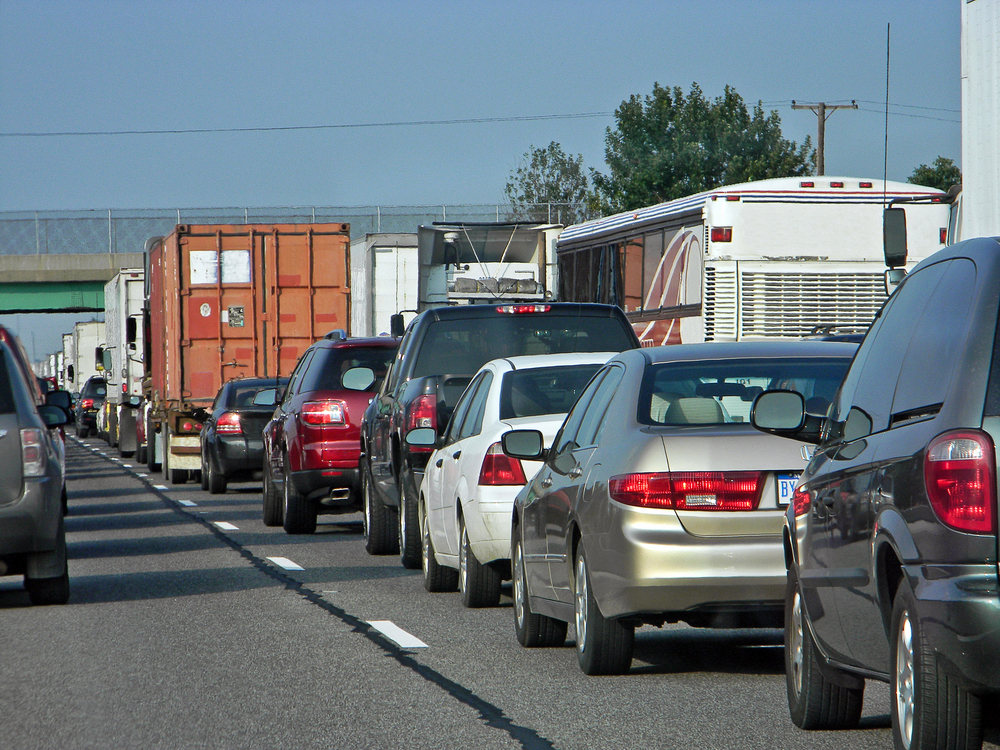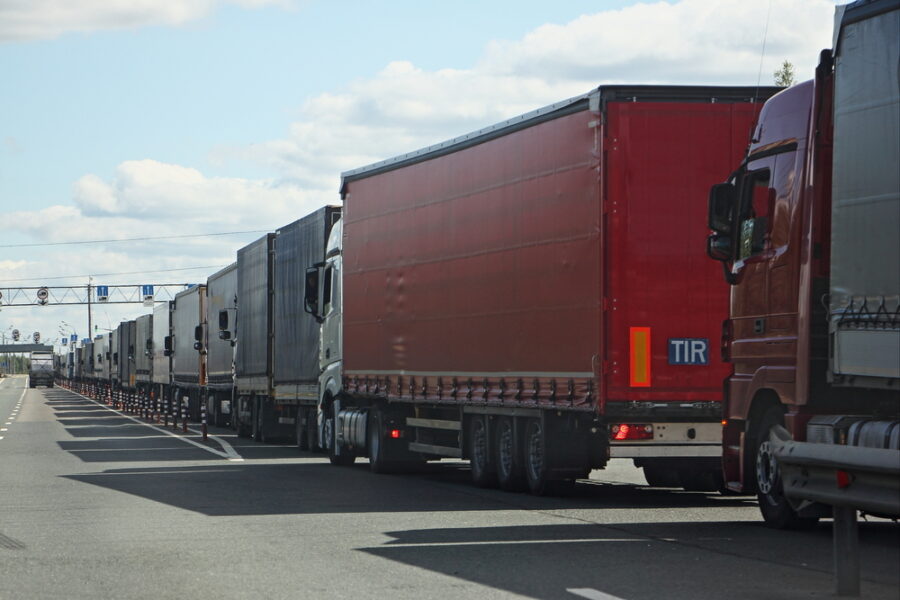Introduction
Driving in the busiest cities in America is tough for truckers, because of traffic. Good trip planning is key to minimizing delays and fuel consumption, resulting in on-time deliveries and optimal fuel efficiency. Using traffic reports and apps designed for truckers can give you real-time updates and alternative routes, making urban navigation smoother and more manageable.
Traffic Congestion Affects Truckers
Traffic congestion hurts truckers, it’s called ‘lost time’ which is the hours spent idling or crawling in traffic. Lost time has a direct economic impact, higher fuel consumption, missed delivery windows, and reduced productivity. For trucking companies, it means increased expenses potential revenue loss, and stress for drivers to meet tight schedules. Traffic congestion doesn’t just affect individual drivers, it affects the entire logistics chain, making on-time deliveries harder and less predictable by increasing the average time to deliver.
Good route planning will save you time and fuel. By choosing routes that minimize traffic risk trucking companies can be more efficient, save money, and reduce operational costs. Geolocation technology and apps like TomTom give you real-time traffic updates so you can make informed decisions on the road. These tools help you navigate around traffic jams, road closures, and other disruptions. By using this technology trucking companies can maintain high service levels, improve fuel efficiency, and support their drivers to perform optimally on the road.
Cities with the Worst Traffic
A new report lists the cities with the worst traffic and several stand out for their long commutes. Below are the cities with the worst congestion, peak times, and typical delays.
New York City
- Worst times: 7-9 AM, 4-6 PM
- Average Delays: 30-45 minutes
Los Angeles
- Worst times: 7-9 AM, 4-7 PM
- Average Delays: 35-50 minutes

San Francisco
- Worst times: 7-9 AM, 4-6 PM
- Average Delays: 30-40 minutes
Washington D.C.
- Worst times: 7-9 AM, 4-6 PM
- Average Delays: 25-35 minutes

Boston
- Worst times: 7-9 AM, 4-6 PM
- Average Delays: 20-30 minutes
Chicago
- Worst times: 7-9 AM, 4-6 PM
- Average Delays: 30-40 minutes

Miami
- Worst times: 7-9 AM, 4-6 PM
- Average Delays: 25-35 minutes
Philadelphia
- Worst times: 7-9 AM, 4-6 PM
- Average Delays: 20-30 minutes
City Specific Challenges
Traffic congestion has city-specific challenges. Below are the city-specific challenges faced by drivers in some of the cities with the worst traffic above:
New York City
- Long commutes
- Rush hour traffic 7-9 AM and 4-6 PM
Los Angeles
- Delays
- Time lost per mile driven is high, especially during peak hours (7-9 AM, 4-7 PM)
San Francisco
- Geographical challenges (bridges and hills)
- Peak hour traffic flow 7-9 AM and 4-6 PM
Washington D.C.
- Congestion levels as bad as in New York and Los Angeles
- Typical driver delays 25-35 minutes during peak times
Chicago
- Severe congestion in downtown areas
- Delays 30-40 minutes during rush hours (7-9 AM, 4-6 PM)
Trucking Tools and Apps
Traffic management tools and route planning apps are a must for truck drivers in congested cities. Geolocation technology specialist TomTom has the complete solution to help drivers find the best route and avoid traffic hotspots. These apps use advanced algorithms and real-time data to give you accurate and up-to-date traffic information, so you can’t live without them.
With these real-time traffic updates the possibilities are endless. Truck drivers can plan their route around rush hours and other peak congestion times, minimize delays, and optimize fuel consumption. TomTom will provide live traffic information, alternative route suggestions, and estimated arrival times, which are key to meeting tight delivery schedules and customer satisfaction.
While traditional traffic reports have their place, modern apps offer a more dynamic and interactive way of traffic management. Unlike static reports, these apps update in real-time, so drivers get the most up-to-date information. This real-time capability helps drivers to adapt to changing conditions fast, modern traffic management tools are a must-have for today’s truck drivers.
How to Minimize Delays and Manage Traffic
Managing traffic and minimizing delays is crucial for truck drivers. By using traffic data and planning smartly, drivers can avoid unnecessary stops, reduce average time on the road, and have a smooth and timely journey. Here are some practical tips for using traffic data to plan your trip:
Best times to drive through cities to avoid rush hour.
- Avoid rush hour by driving through cities before 7 AM or after 7 PM.
- Plan long hauls to go through congested areas during mid-morning or late evening.
Alternate routes and when to take them.
- Use route planning apps like Google Maps or Waze to find alternate routes.
- Take bypass routes and less busy highways during peak traffic times.
- Check for road closures or construction updates that may require a route change.
Why stay up to date with live traffic during long hauls?
- Monitor live traffic updates to know what’s happening on the road.
- Use real-time data to make decisions on route changes.
- Be flexible and ready to change routes based on new traffic information to avoid surprises.
Summary
Managing traffic congestion is key for truck drivers in America’s busiest cities. By incorporating technology and real-time data in their daily driving, drivers can be more efficient. Using traffic management tools like TomTom and other geolocation apps helps to plan routes, avoid peak congestion times, and stay up to date with live traffic reports. By driving during off-peak hours, taking alternate routes when needed, and monitoring real-time traffic updates, drivers can have a smoother and more timely delivery. We encourage all truck drivers to adopt these habits, use technology to be more efficient, and provide a high level of service. By doing so they will be more operational and stress-free.





